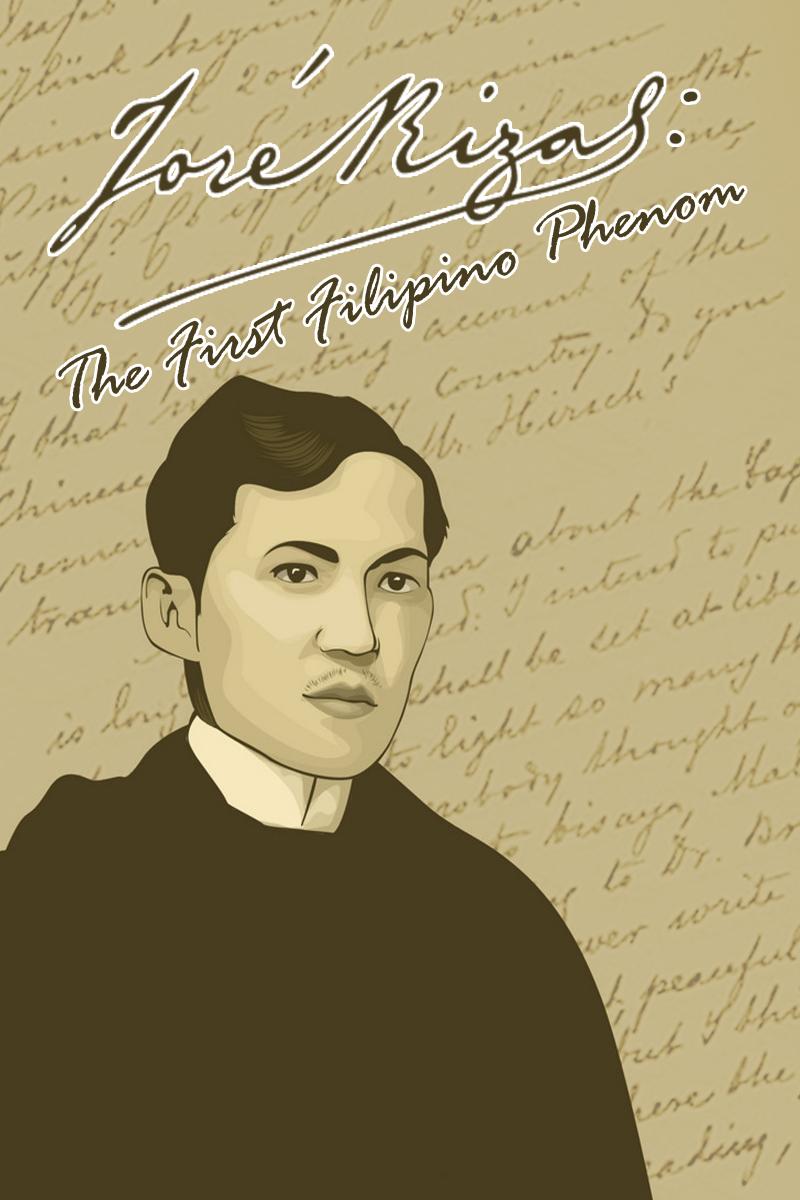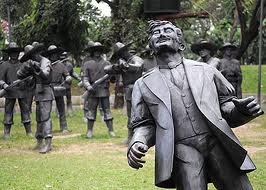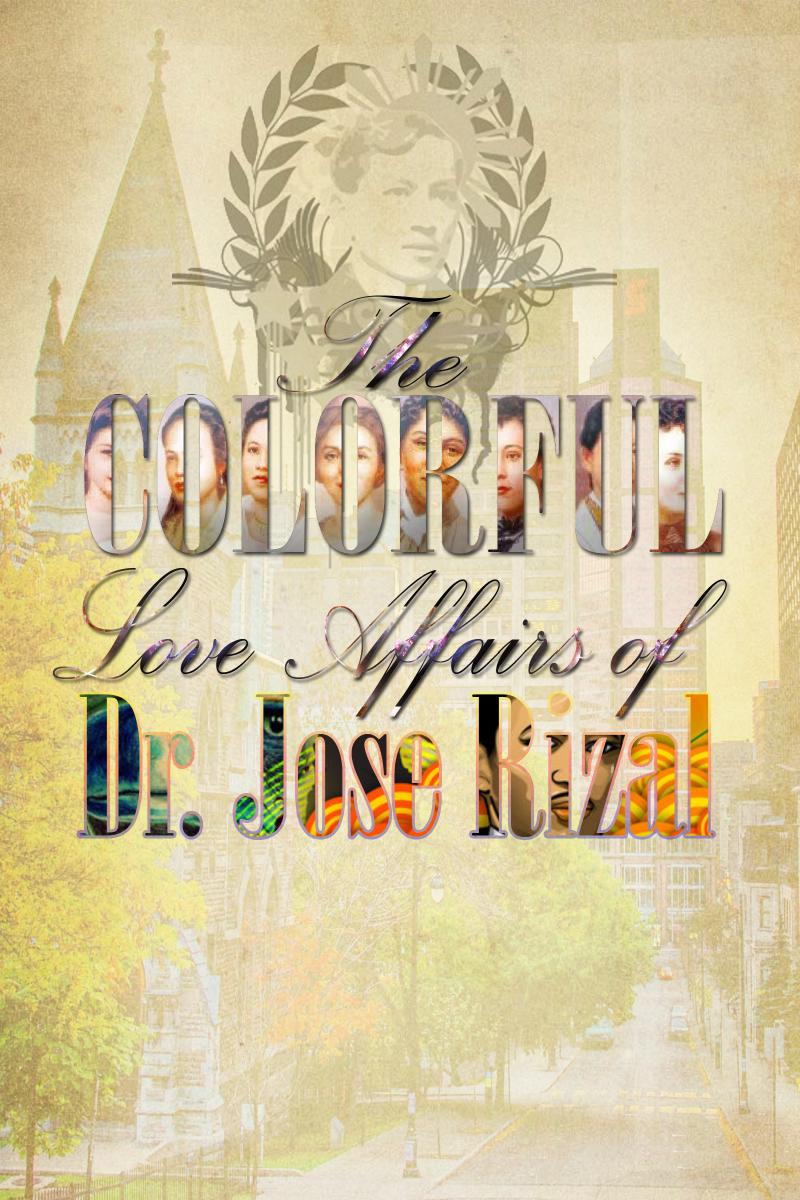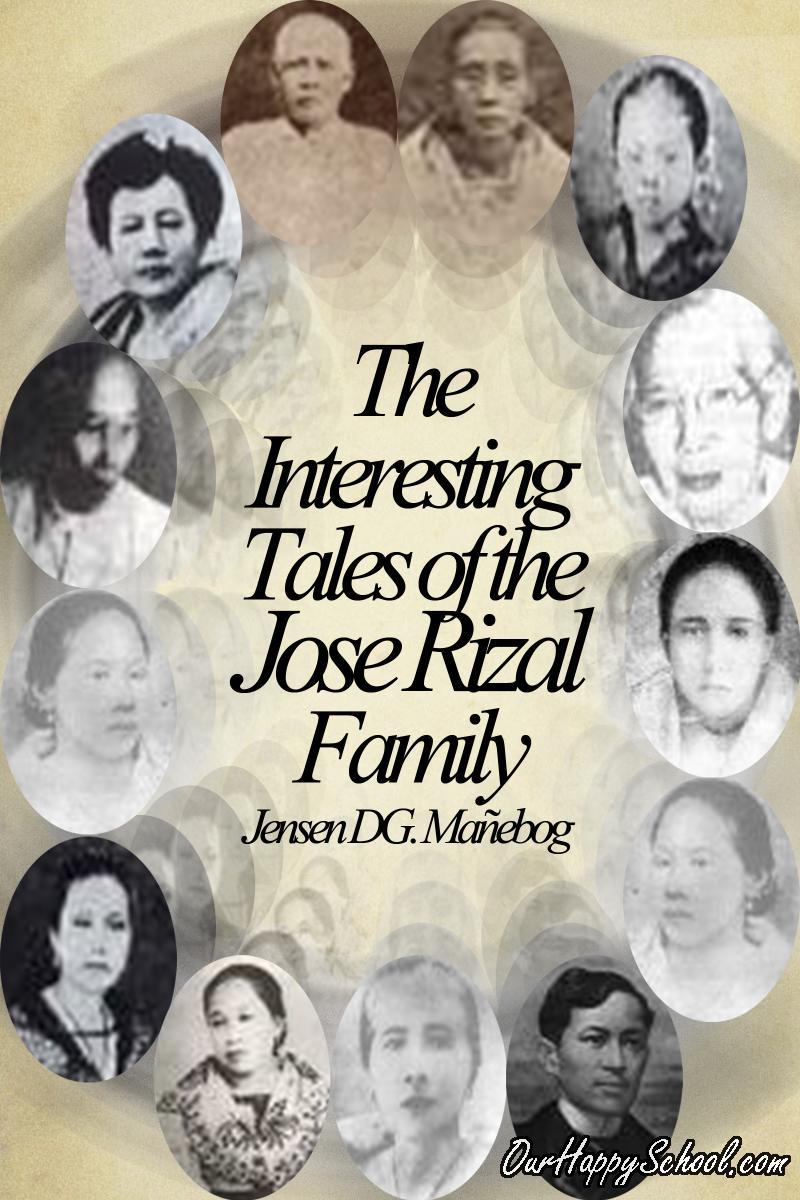Editor’s note: The following is the article written by today’s most famous Filipino historian Ambeth R. Ocampo on Jose Rizal’s death. Simply entitled, “The Death of Jose Rizal,” this historical piece by the current head of the National Historical Institute (of the Philippines) could be deemed refreshing and controversial, as it offers several unpopular and unorthodox accounts of what (presumably) transpired on the day of Rizal’s execution. For one thing, it virtually proclaims that Rizal refused to kiss the crucifix before he was executed, thereby negating the claim of other historians (like Zaide) that the national hero even asked for this Catholic sacramental. Happy reading!

"THE OBSERVANT WILL NOTICE metal footprints on the pavement running from Fort Santiago to the Luneta in seafront Manila. They resemble dancing patterns, but actually trace the last steps of Jose Rizal as he walked from his prison cell to the site of his execution on December 30, 1896.
The Rizal Centennial Commission claims that the footprints are based on Rizal’s actual shoe size. When people ask why the steps are so small, the quick reply is: “If you are walking to your death, would you hurry?”
The slow walk to Bagumbayan field (as Rizal Park or the Luneta was once called) began at 6:30 a.m. on a cool, clear morning. Rizal was dressed in a black coat and trousers and a white shirt and waistcoat. He was tied elbow to elbow, but held up his head in a chistera or bowler hat. A bugler signaled his passage, while the roll of drums muffled in black cloth gave cadence to his gait.
From Fort Santiago he took a right turn, and walked along the Paseo Maria Cristina (now Bonifacio Drive), which gave him a view lifting the darkness over Manila Bay on the right, and a last glimpse of Intramuros, shadowed by the missing sun, on his left. He walked between two Jesuits, Father Estanislao March and Father Jose Villaclara. They too were in black – the trademark black hats, tunics, and heavy coats that made the young Rizal and his Ateneo schoolmates refer to them as paniki (bats, or colloquially perhaps, batmen). Behind Rizal walked the brother of his former bodyguard, Lieutenant Luis Taviel de Andrade, who had vainly defended him in a farce masquerading as a trial.
The streets were lined with people who wanted to see the condemned man, since Rizal was many things to different people: “leader of the revolution,” physician, novelist, poet, sculptor, heretic, subversive. Rizal was a person one could not be neutral about. Like him or hate him, he was a celebrity.

Although he was walking to his death, eyewitnesses describe Rizal as serene – a bit pale, not because of fear of his fate, but because he had not had any breakfast. All he had been given were three hard-boiled eggs, which he took to a corner of his prison cell, saying, “This is for the rats; let them have a fiesta, too.” Then he left his cell.
Rizal is said to have nodded left and right to acknowledge familiar faces in crowd. From time to time he smiled, and is said to have made a few jokes, and laughed at these himself because the Jesuits flanking him remained somber. Others noticed his eyes dart quickly from left to right, and some believed that members of his family or the Katipuneros would make a last-ditch effort to save him from death. Was Rizal waiting for help that never came? And perhaps for an opportunity to spurn that help? Had he expected to see his family by the roadside? We will never know more than the fact that he was walking to his destiny.

n the clear morning Rizal could probably see as far as Susong Dalaga, and appreciate the silhouette of a naked woman on the mountain range across from Manila Bay. “What a beautiful morning!” he said, “On mornings like this I used to take walks here with my sweetheart.” Before reaching Bagumbayan, he glanced at Intramuros, sighed, and seeing the spires of the church of San Ignacio, said: “Is that the Ateneo? I spent many happy years there.” The Jesuits’ response is not recorded.
Someone had the foresight to take a photograph of the execution. The scene looked like a box, lined, three or four people deep, on three sides. The empty fourth side faced the bay, and the executioners’ line of fire. Eight Filipino soldiers armed with Remingtons formed the firing squad. Behind them stood the drummers and another line of Spanish soldiers with Mausers, ready to shoot the Filipinos if they refused to shoot, or purposely missed their target.
When everyone was in place, there was a slight delay because Rizal refused the customary blindfold, and asked to face the firing squad. The Spanish captain who had guided Rizal to the site insisted that he be shot in the back as ordered, because he was a traitor to Spain. Rizal declared that he had never been a traitor to the country of his birth or to Spain. After some coaxing, Rizal finally turned his back, but again refused the blindfold, and furthermore refused to kneel.
After all this haggling he made one last request: that the executioners spare his head, and shoot him in the back towards the heart. When the captain agreed, Rizal clasped the hand of Lieutenant Taviel de Andrade and thanked him once more for the vain effort of defending him before the military court that sentenced him to death.
Meanwhile, a curious Spanish military doctor felt Rizal’s pulse, and was surprised to find it regular and normal. The Jesuits were the last to leave the condemned man.
They raised the crucifix to his face and lips, but he turned his head away and silently prepared to meet death. (Read:
Jose Rizal’s Death (The Last Hours of the Filipino Hero))
The shots rang out, the bullets hit their mark, and Rizal executed that carefully choreographed twist that he had practiced years before, which made him fall faced up on the ground. People held their breath as soldiers came up to the corpse and gave Rizal the tiro de gracia, one last merciful shot in the head at close range to make sure he was really dead.
A small dog, the military mascot, ran around the corpse whining, and the crowd moved in for a closer look, but were kept at bay by the soldiers who stood in the first row of spectators.

After a short silence, someone shouted: “Long live Spain! Death to the traitor!” The crowd did not respond. An officer approached the person who had shouted, and berated him. To fill in the gap, the military band played the Marcha de Cadiz.
It was 7:03 a.m. The show was over."
RELATED ARTICLES:
PROMOTE your products, services, business, school, organizations, videos, etc. in OurHappySchool! Have an OHS AD PAGE for a price that even students can afford!
 "THE OBSERVANT WILL NOTICE metal footprints on the pavement running from Fort Santiago to the Luneta in seafront Manila. They resemble dancing patterns, but actually trace the last steps of Jose Rizal as he walked from his prison cell to the site of his execution on December 30, 1896.
"THE OBSERVANT WILL NOTICE metal footprints on the pavement running from Fort Santiago to the Luneta in seafront Manila. They resemble dancing patterns, but actually trace the last steps of Jose Rizal as he walked from his prison cell to the site of his execution on December 30, 1896. Although he was walking to his death, eyewitnesses describe Rizal as serene – a bit pale, not because of fear of his fate, but because he had not had any breakfast. All he had been given were three hard-boiled eggs, which he took to a corner of his prison cell, saying, “This is for the rats; let them have a fiesta, too.” Then he left his cell.
Although he was walking to his death, eyewitnesses describe Rizal as serene – a bit pale, not because of fear of his fate, but because he had not had any breakfast. All he had been given were three hard-boiled eggs, which he took to a corner of his prison cell, saying, “This is for the rats; let them have a fiesta, too.” Then he left his cell.







